I’m a very unprofessional, self-taught film photographer from Birmingham. There is always a camera in my pocket and I like to experiment with different techniques to capture the slightly weirder side of life.
After years of negatives piling up and ideas bouncing around my head, I finally delved into the world of vanity publishing and made my own 16 page black and white zine. It was made as affordably, locally and analogue as possible. The whole process was much easier than expected so I hope this guide gives you the motivation to liberate your pictures from blogs and shoe-boxes and get them out into the world.
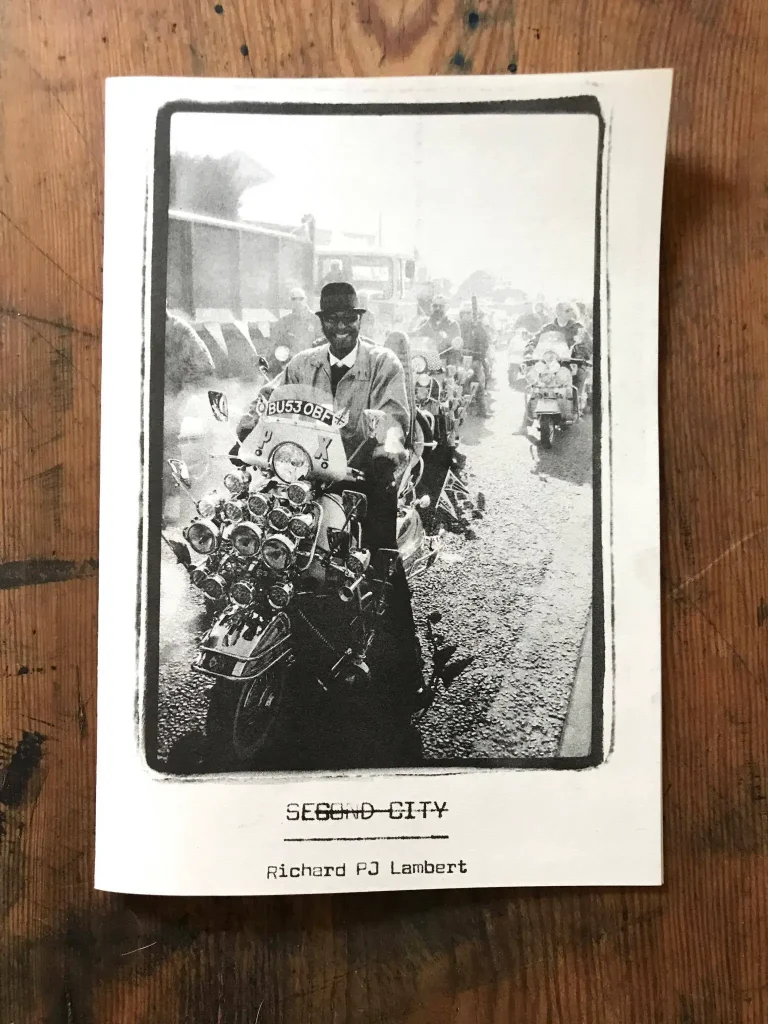
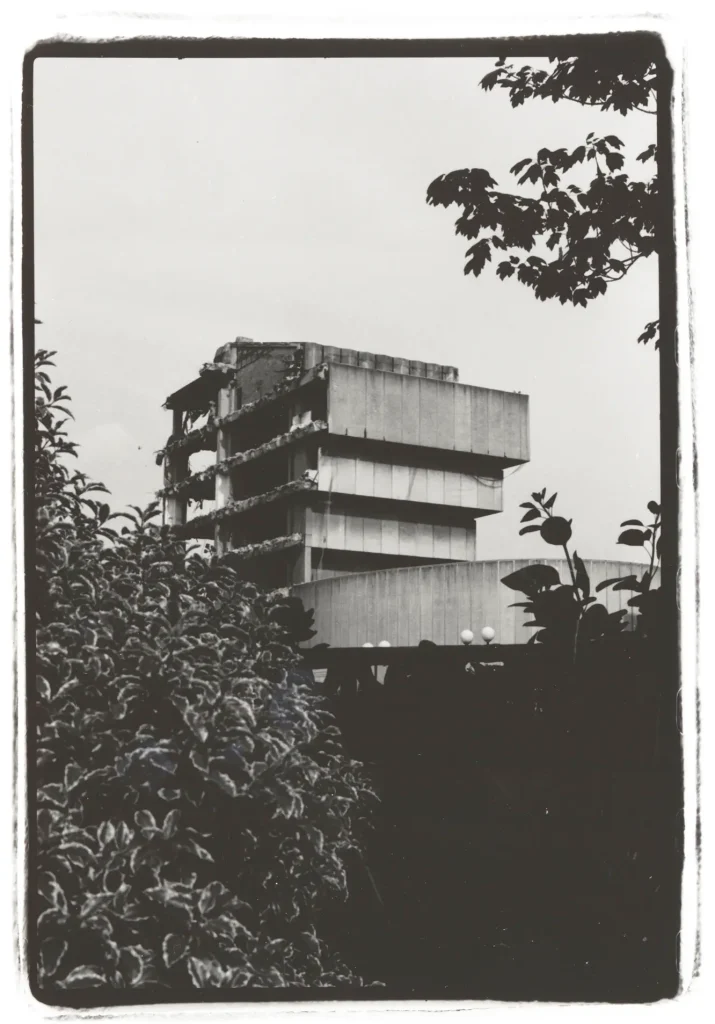
Making the prints
Whilst I enjoy playing with various photographic methods and genres, to make editing easier I narrowed down the focus to my Birmingham based street photography. Having constraints can help, so the next step was picking from the 35mm work shot on black and white, giving me a realistic amount of frames to print and sequence.
I’m lucky to live close to a community dark room run by Some Cities. As well as the workshop space, Some Cities offer practical and academic photography courses, and it was here I first learned how to develop and print a few years back. My technique got a bit rusty, so before starting to print in earnest, I took a refresher dark room course at the professional lab AG Photographic – where I first met Hamish. Slightly more competent with the enlarger and chemicals, I dedicated time each week to hand print enough images to fill 16 pages.
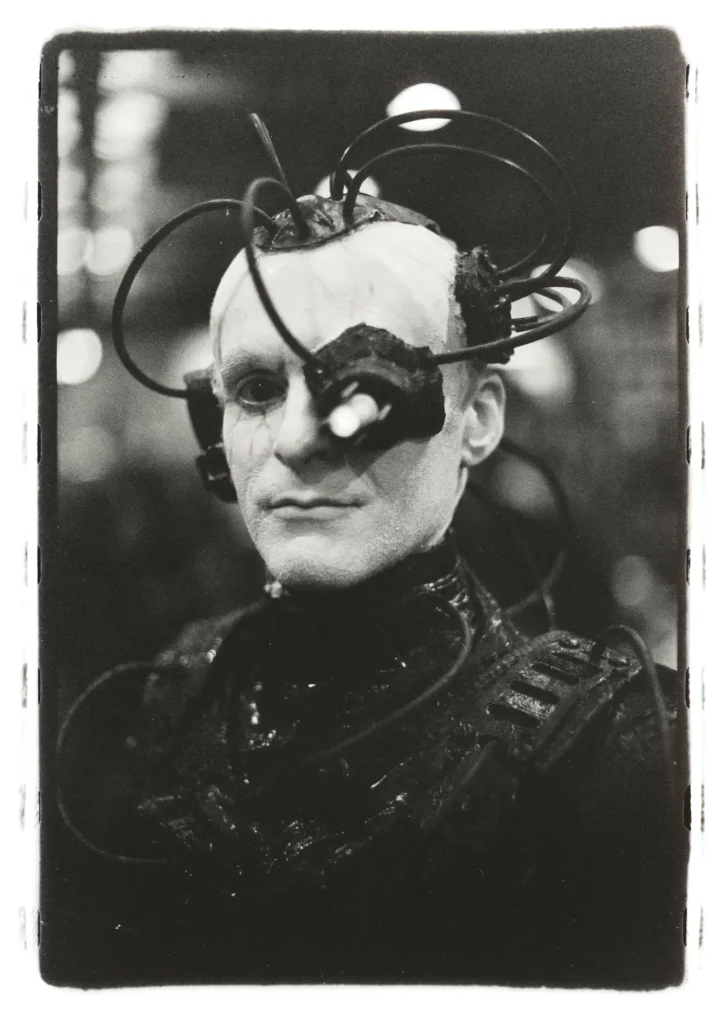
As a skateboard kid, I loved those ‘rough edges’ that bordered the photos in Thrasher, so I used a filed out negative carrier to come up with the messy frame lines. It’s also a bit of a show off in the sense that there is no cropping of the original photo – everything is on show.
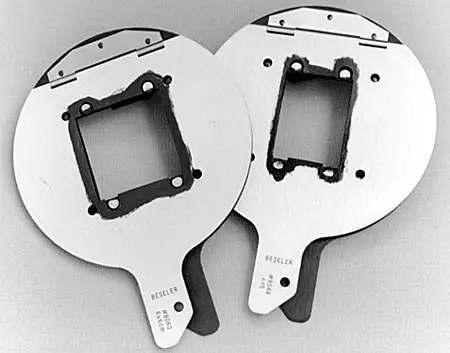
Design
I approach street photography hoping for encounters with the strange and the serendipitous. Birmingham isn’t a particularly coherent, linear city, so I didn’t worry too much about ordering the images other than picking the front cover and the middle spread.
With no graphic design skills whatsoever, it was important to pare down the layout. I took visual cues from Café Royal – a series of simply structured, short documentary photo books usually published in monochrome with minimal decoration and fuss. They are a really great insight into specific times, places and photographers, priced so that you can get into collecting them.
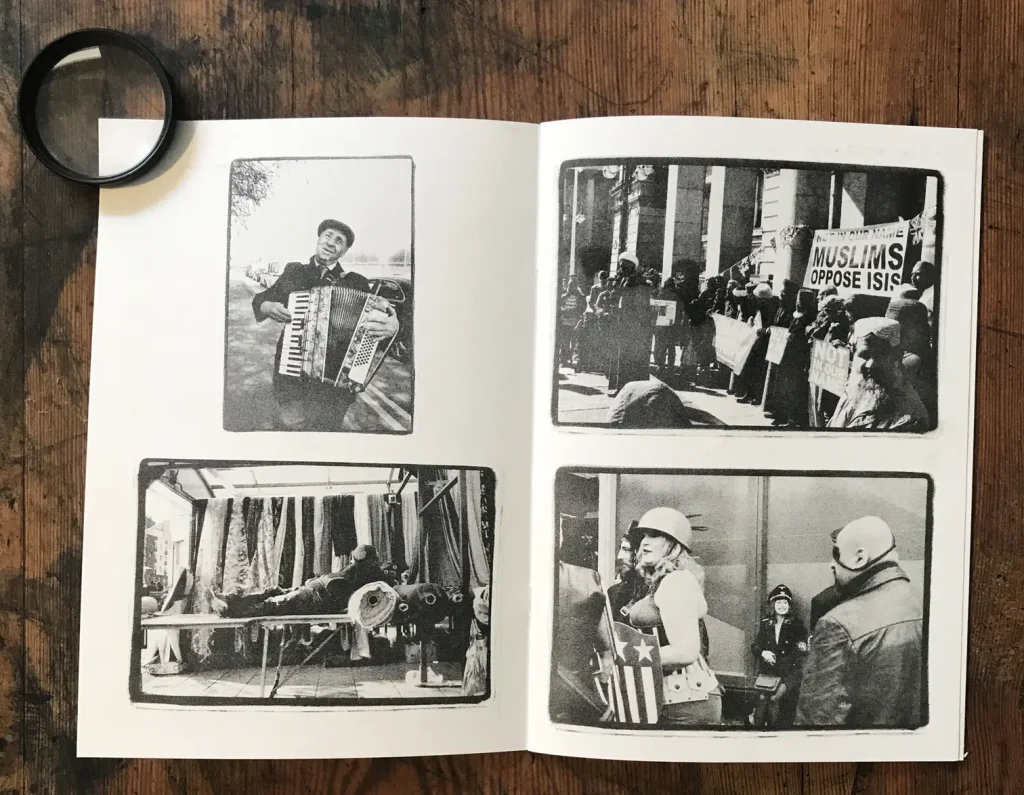
To make a document appropriate for printing I used the publishing program InDesign which is included in the Adobe Creative Cloud subscription.
I hadn’t used it before but after watching a few online tutorials, it began to make enough sense for me to hash together something basic. It feels similar to Photoshop but with slightly different terms and actions so it was quick to pick up the essentials, but I would consider taking a class before trying something more ambitious.
After a lot of trial and error, I managed to produce a proof zine on my laser-jet with everything facing the correct way up and it was time to get in touch with a printer.
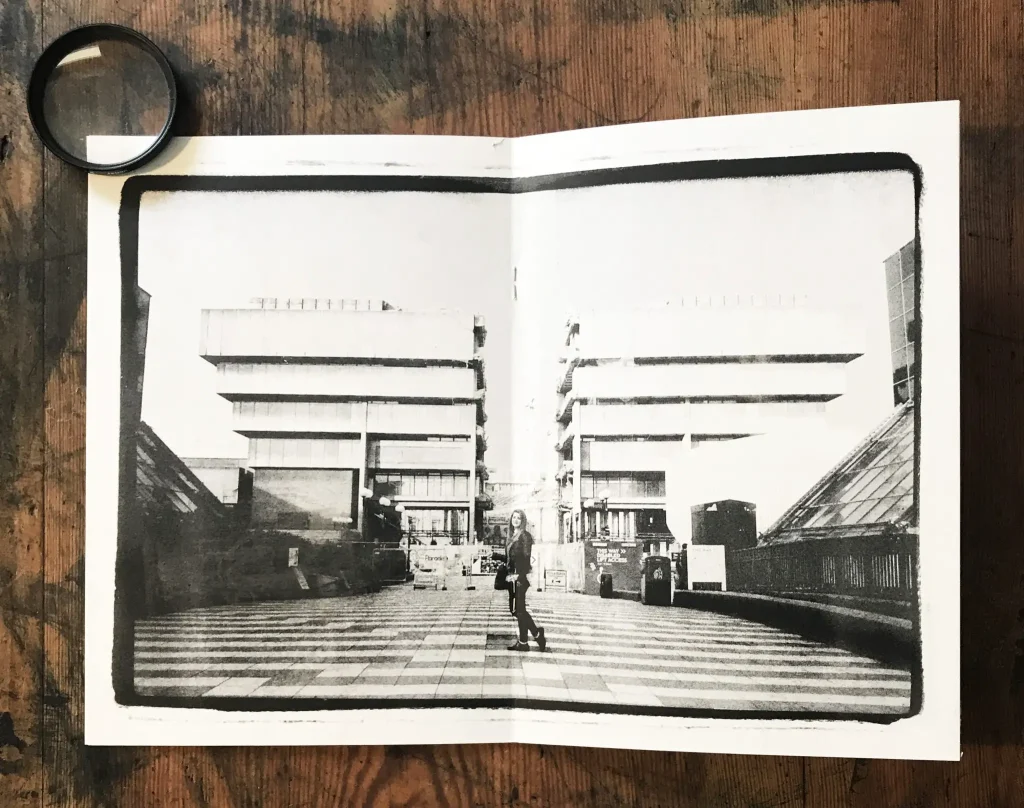
Printing
Rope Press is a Birmingham based printing press, publisher and distributor of artist’s books. Earlier this year I took part in one of their evening courses on Risograph printing which was a lot of fun and gave me the idea for making the zine.
The Risograph process is a mixture of silk screen printing and photocopying, producing affordable high quality prints. I didn’t take full advantage of the ‘over printing’ technique with my first zine but hope to in future with colour images. The results can be slightly rough around the edges and look more ‘human made’, so Risograph seemed like a good fit with my photography.
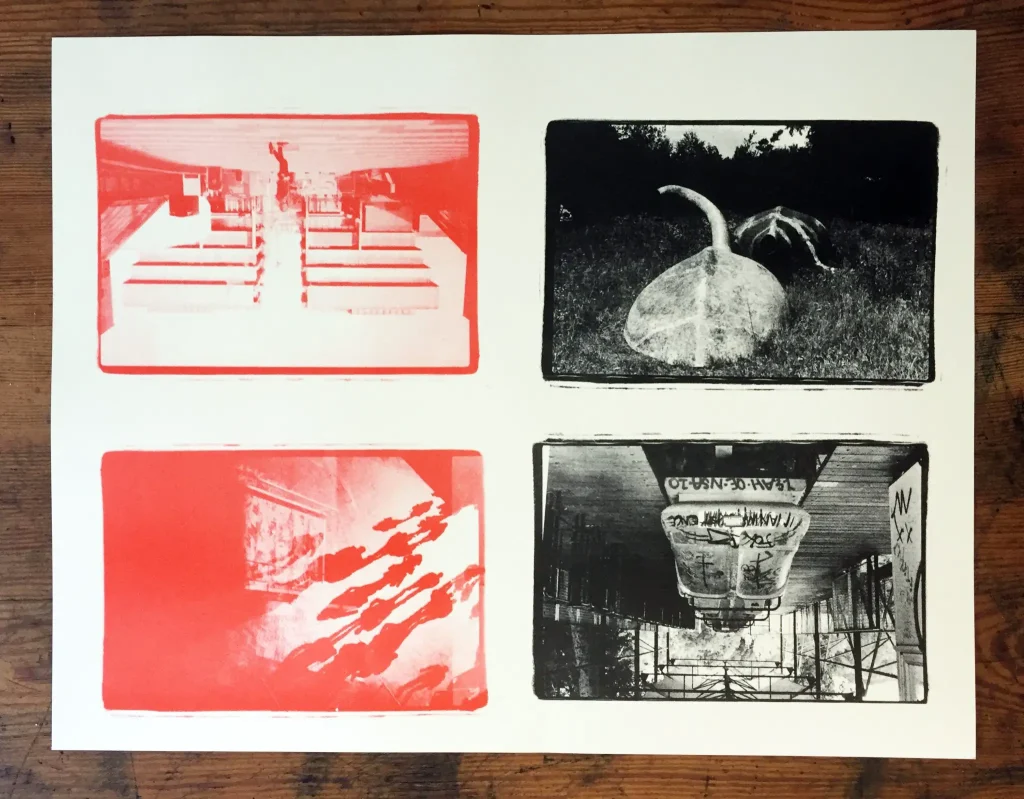
I made an appointment via their Facebook page, explaining my ideas and issues, and we met up the next week. We looked over the InDesign document I’d made, ironed out all the kinks and looked a selection of papers and tests.
Rope Press offer some really decent packages for beginners – 50 copies of a 16 page, monochrome booklet from £50. I ended up paying a little more for thicker paper and was very happy with the finished zine and cost. With the fantastic support, end product and price I can’t recommend them enough.
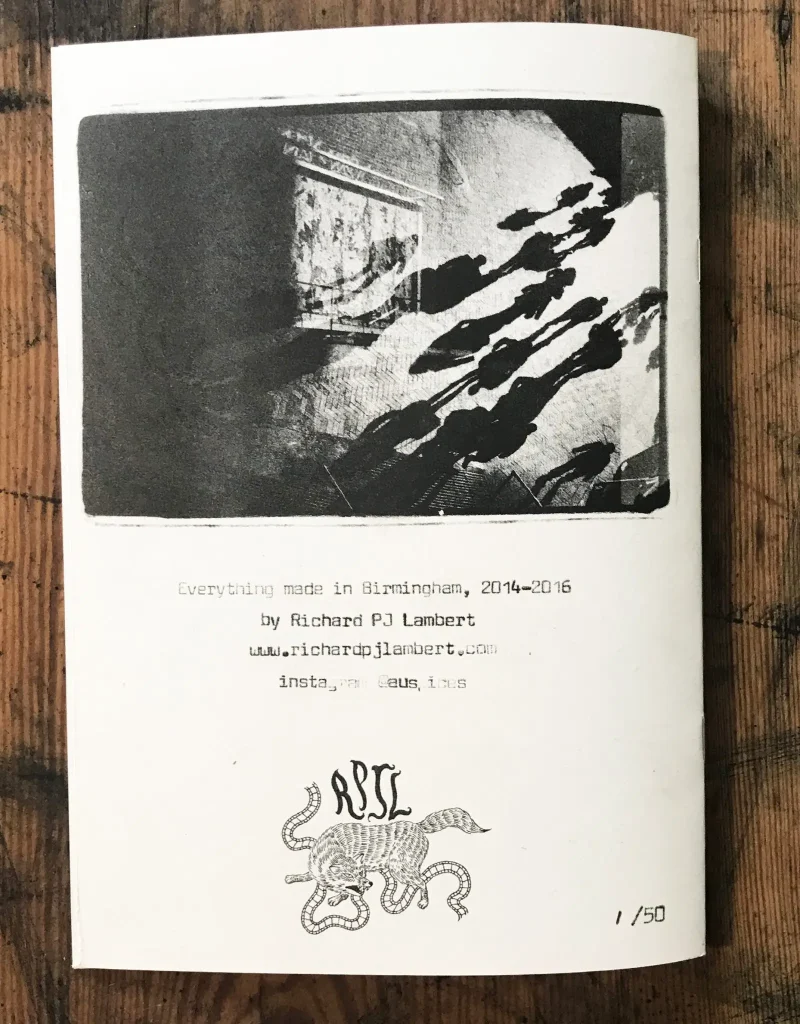
Hopefully this article has proved that starting your first publishing project need not be too challenging or expensive. It was immensely satisfying to create something tangible using (mostly) analogue methods whilst supporting local creative businesses, so good luck and get started on yours.
Second City is now sold out but you can check out Richard’s website , instagram – @auspices or visit his store to help fund a forthcoming colour zine.
Share this post:
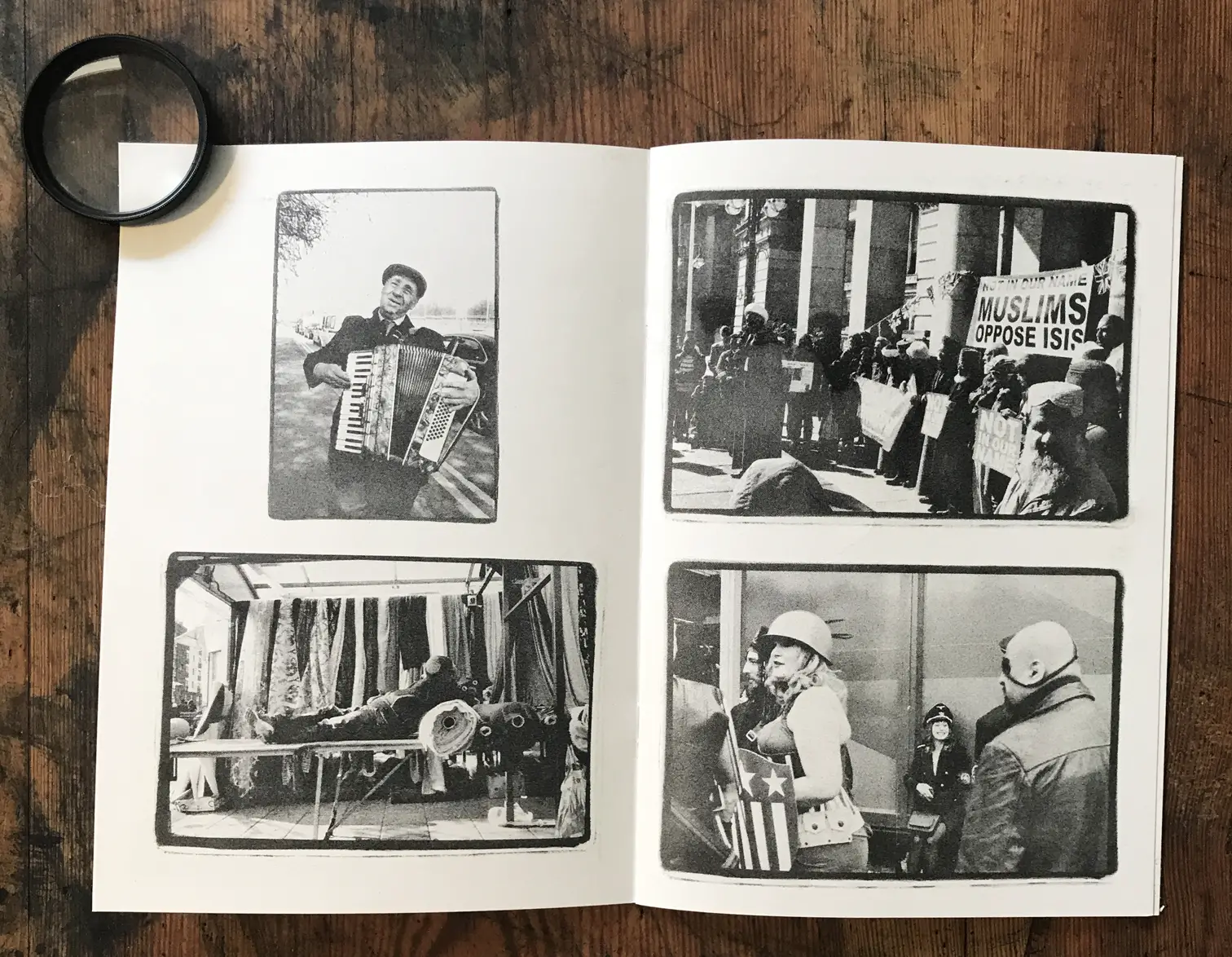
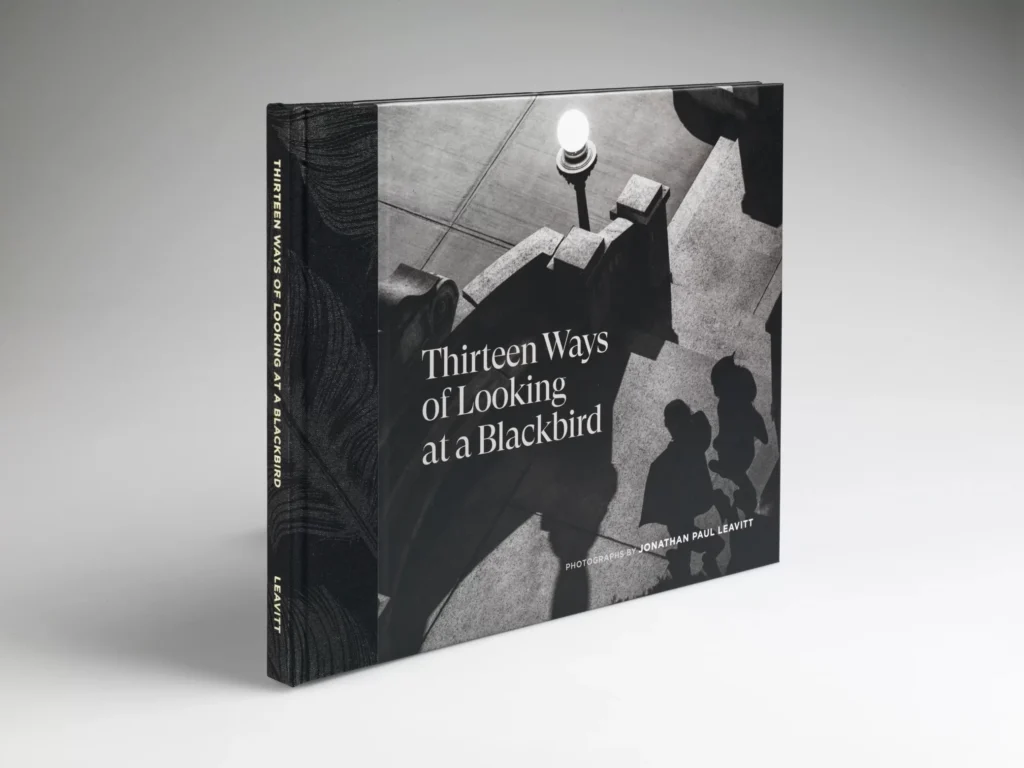
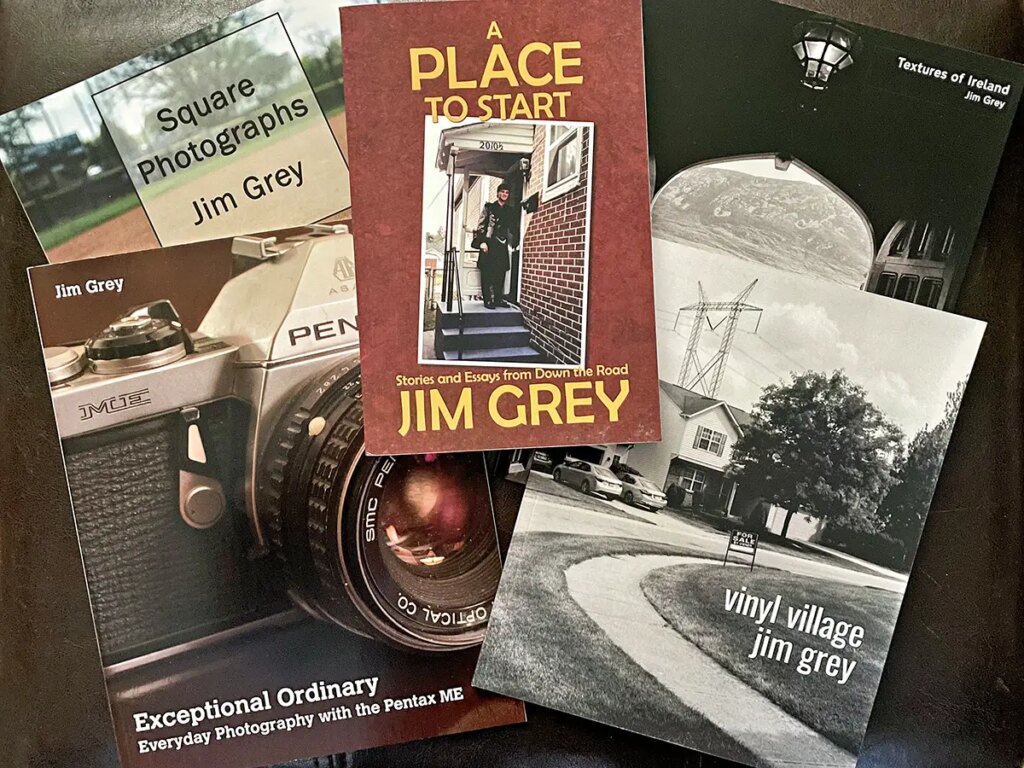
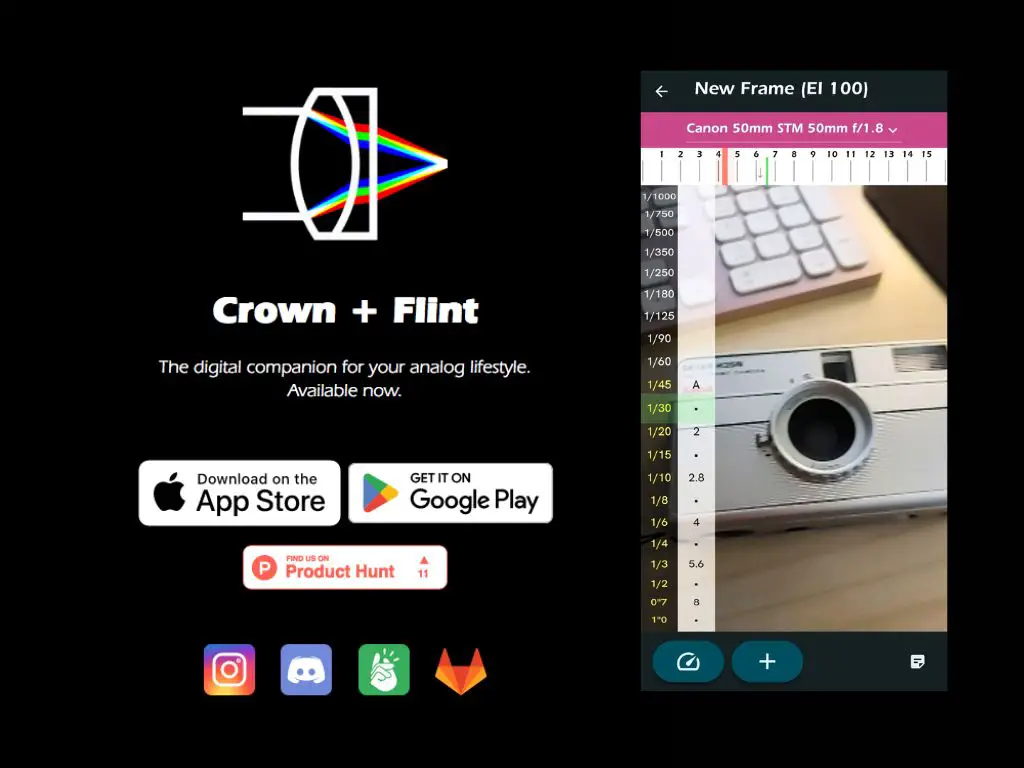
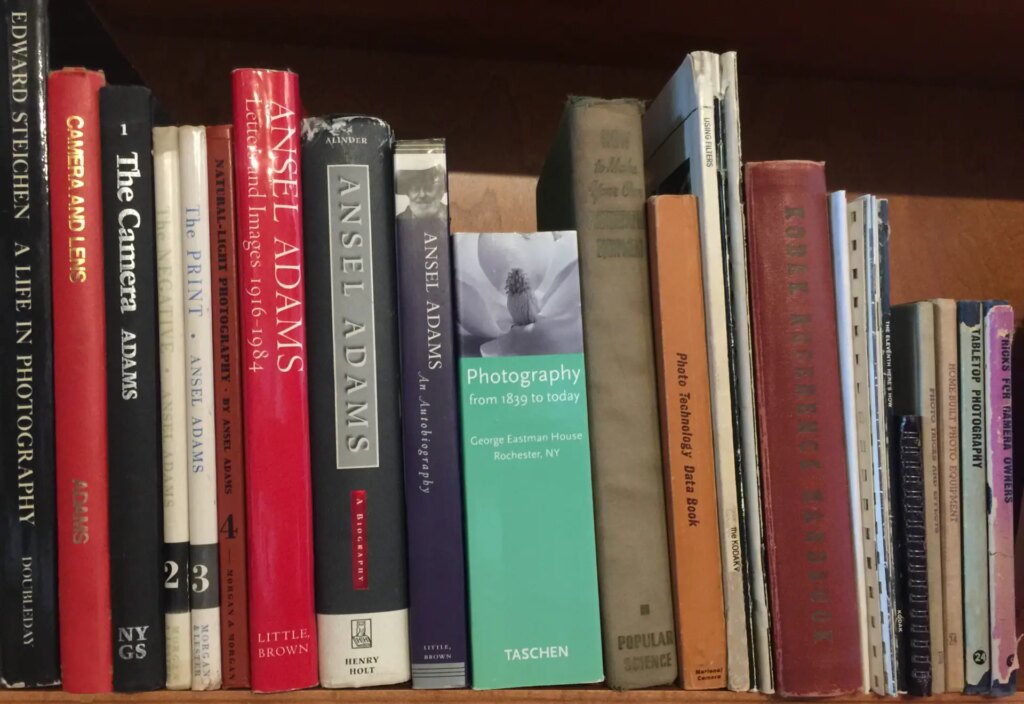




Comments
James on Second City – Making My First Zine – by Richard PJ Lambert
Comment posted: 21/10/2017
Aivaras on Second City – Making My First Zine – by Richard PJ Lambert
Comment posted: 21/10/2017
Toby Van de Velde on Second City – Making My First Zine – by Richard PJ Lambert
Comment posted: 23/10/2017
I am a bit more enthused about getting on with printing something myself after reading this. Cheers.
Tobias Eriksson on Second City – Making My First Zine – by Richard PJ Lambert
Comment posted: 24/10/2017
Blinx on Second City – Making My First Zine – by Richard PJ Lambert
Comment posted: 28/10/2017
Richard Alton on Second City – Making My First Zine – by Richard PJ Lambert
Comment posted: 18/12/2017